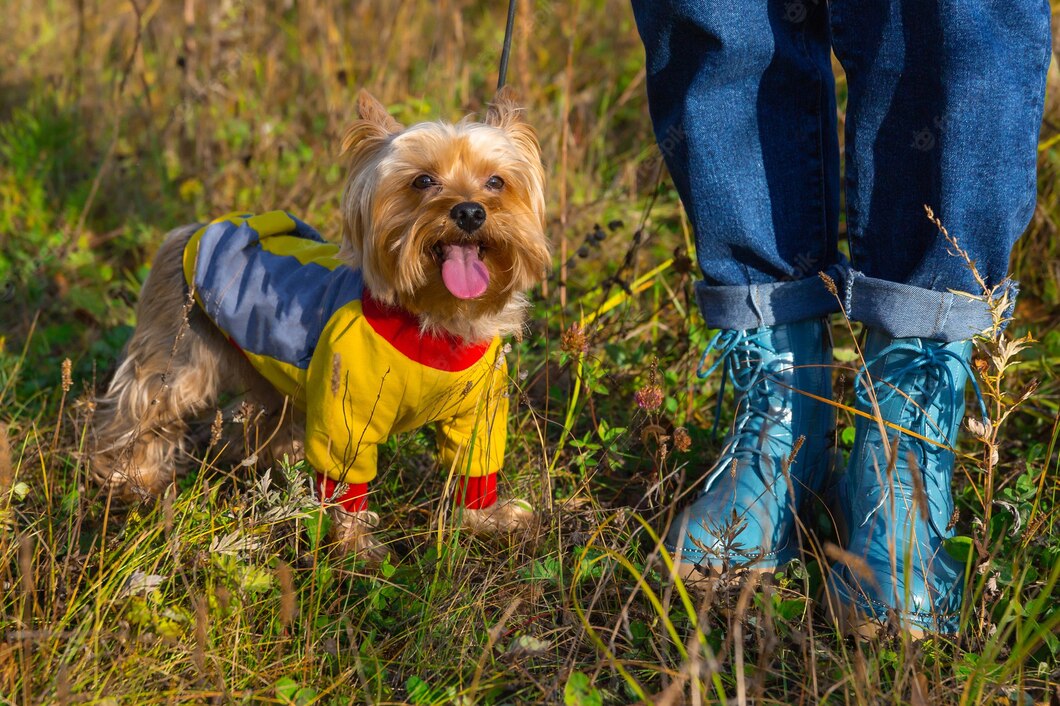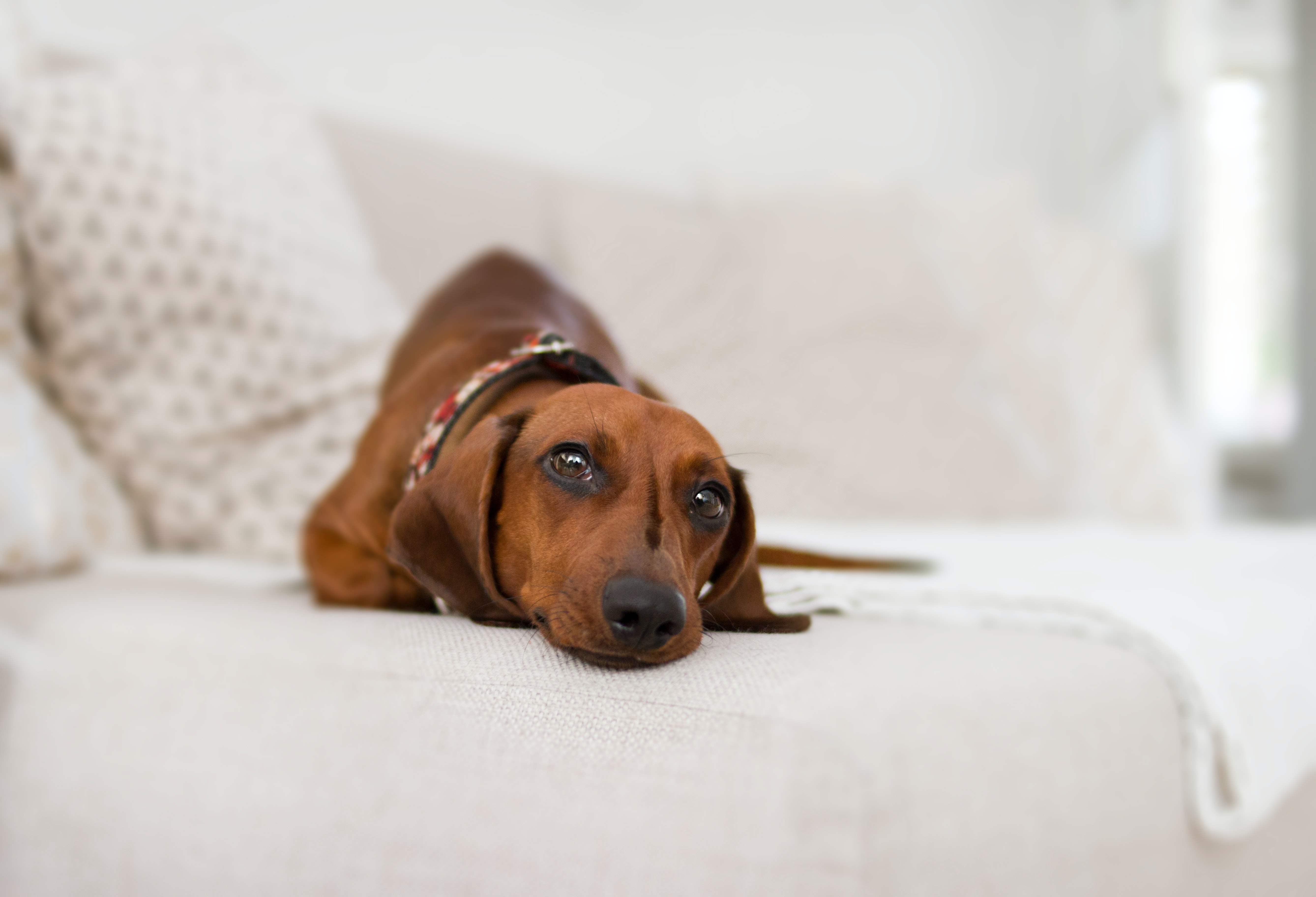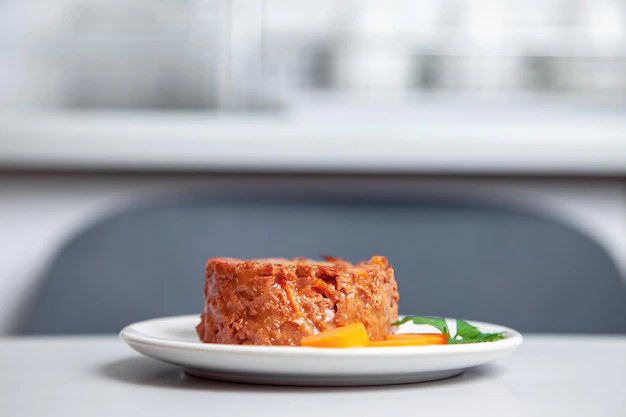
Preparing to welcome a new pup into the family, is a special moment bringing a lot of joy and excitement. On the other hand, it requires future pup owners to think about many things including pup’s food, bedding, toys, training gear, vaccinations...etc. Since feeding the pup healthy and balanced is one of the most important aspects of its raising, we will pay attention to pup’s food and namely-wet food puppies. In today’s article, you will learn whether it is good for pups or not.
Puppies-Nutrition Requirements
As you may know, the nutrition requirements of a pup are different from those of an adult dog. Pups need food that contains a certain amount of protein, amino acids, vitamins, fats, calcium and digestible carbohydrates. Unlike puppies, adult dogs need food lower in fat and also need a lower amount of their calorie intake to come from proteins. Although your pup’s diet should be adjusted to its individual needs, breed, age, and lifestyle, veterinarians agree that all pups need a specific type of food that will help them properly develop. We would like to note that pups reach physical maturity at different ages, based on their breed-smaller breeds reach adulthood quicker (at the age of 8-9 months), while large and extra-large breeds reach adulthood at the age of 1 or even 2 years. During the process of development, you should adjust your pup’s diet to its age.
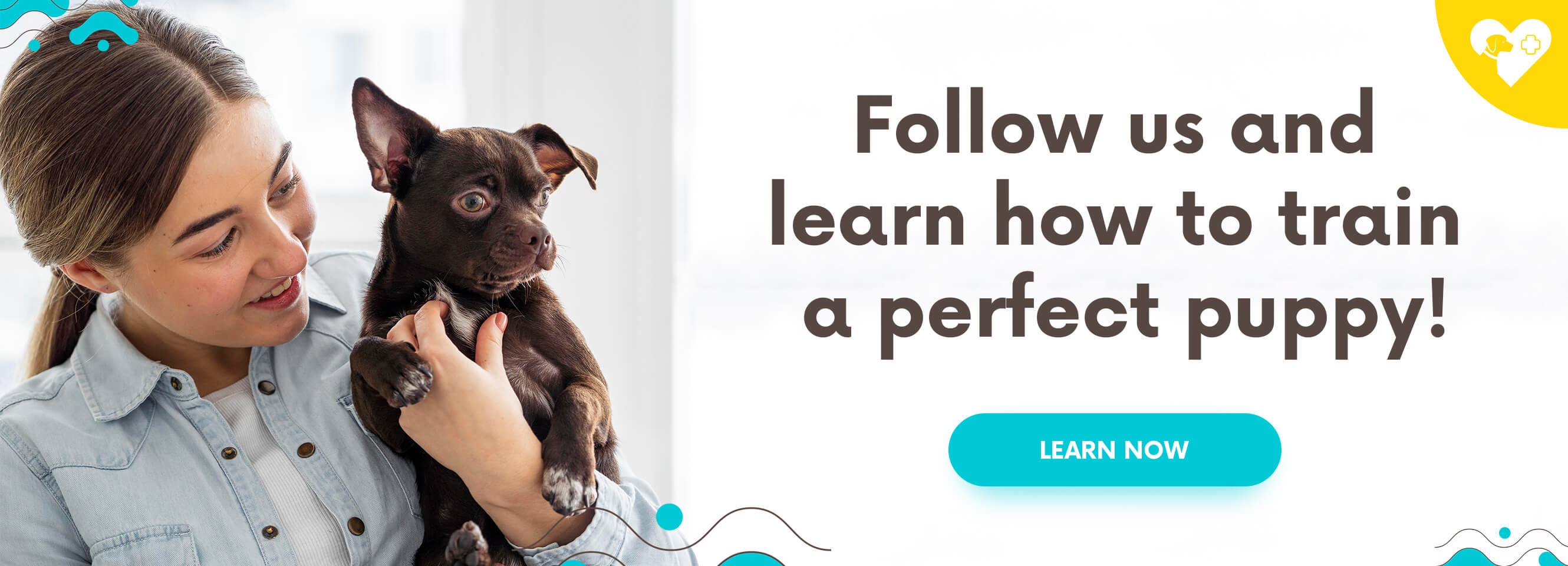
Food Types
Generally speaking, we could say that dog’s food can be dry, wet and semi-moist. As the name of each type indicates, these types differ by their water content. Dry food also known as kibble, usually comes packaged in waxed paper bags, while wet food is usually canned or packaged in pouches. Semi-moist food is typically available as ground meat, packaged in plastic bags. The last option is usually least recommended, as it is high in salt and sugar. Water content in wet food is likely to be between 70-80%, compared to 3-12% in dry food.
Transition to Solid Food
The process of weaning (transition from mother’s milk to solid food) typically starts at the age of 3-4 weeks and ends at the age of 8-10 weeks.
In the beginning of this process a mother’s milk replacer should be mixed with water. It is not recommended that you use cow or goat milk. You should very gently wet your pup’s nose with this substance and repeat it several times, until it starts drinking the replacer. The standard time for a pup to get used to a milk replacer is about 1-4 days.
As a next step you should mix this substance with wet/dry food and gradually decrease the replacer content until the pup starts eating wet/dry food with small moisture content. The standard time for this process to be finished is about 4-6 weeks of age.
After this period of time, you should keep reducing the replacer and water content. At the age of 8-10 weeks your pup is likely to have made the transition to solid food.
It is important to take the pup’s age into consideration when you bring it home. If it was weaned a short time ago, you should feed it food that is easy to chew and digest. That is why wet food, both canned and packaged in pouches, might be a better option at that point.
Always make the transition step by step. That way you will be able to determine if your pup is allergic to a certain type of food and avoid it in the future. Also, you will prevent its stomach from getting upset.
Wet Food-Advantages
Higher Hydration
Due to the high water content wet food will keep your pup more hydrated. This could be very beneficial for your paw friend if you live in an area where temperatures are high.
Your Pup Will Feel Fuller
The high water content will also make your pup feel fuller.
Lower in Additives and Preservatives
Unlike dry food, wet food is known for its lower content of additives, coloration and preservatives.
Long Shelf-life
Wet food can be stored for a long time if it remains unopened.
Pups Enjoy Wet Food More
Many owners add wet food to the dry food of their beloved paw friends, to make it more appealing, especially if their pups are picky eaters.
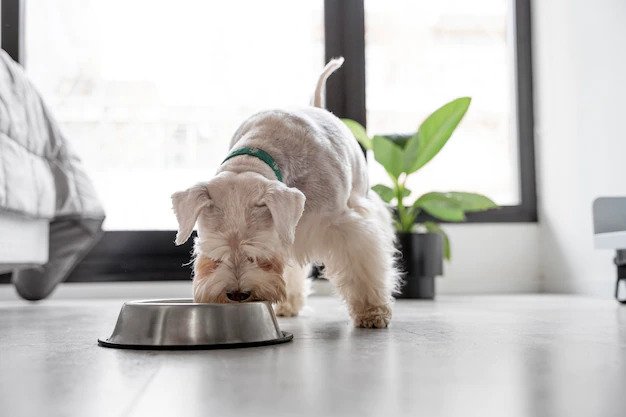
Wet Food- Disadvantages
Despite all qualities, wet food has also some disadvantages, such as:
Short Shelf-life After Being Opened
If there is food left in the can, that you want to give your pup during the next meal, you should put it in a refrigerator. Otherwise, it will spoil very quickly. It is recommended that you should not use opened canned after 5-7 days have passed.
Money Factor
Wet food is typically more expensive than dry food (kibble).
Harder to Open
You will need a can opener to open the canned food or if you are more skilled- a spoon and proper technique.
Mess
If you are not careful enough you can easily make a mess while pouring the canned food. On the other hand, your paw friend is likely to make a mess too especially if he/she is very hungry.
Dry Food-Advantages
Money Factor
As we mentioned above, dry food is usually less expensive than wet food.
Longer Shelf-life
Whether opened or packaged, you can store dry dog food for a very long time.
Easier to Clean
You just need to open the bag and put kibbles in your dog’s food bowl. Even if some food drops outside the bowl, it is easy to clean.
Easier to Open
No special tools or cutlery are needed to open dry dog food.
Omega-3 Fatty Acids
Dry food is considered higher in Omega-3 fatty acids.
Dry Food- Disadvantages
More Additives/ Preservatives
You should always read the label prior to purchasing dry food, as some brands have a lot of additives/coloration/preservatives. Also, you may want to read the reviews left by customers prior to opting for a food brand.
Harder to Chew and Digest
Dry food would be harder to chew and digest by a young pup, so you may want to consider giving wet food instead.
Pups Do Not Like It So Much
Both dogs and cats prefer wet food, as it tastes better to them.
Make a Schedule
The different type of food is not the only difference between puppies and adult dogs, but also the feeding schedule. Puppies should be fed 4 times a day until they reach the age of 12 weeks. During this period of time, you may need to add some water to the food (in case it is dry food), so it will be easier to chew. The representatives of larger breeds are likely to make transition to solid food by the age of 9-13 weeks.
Once your pup reaches the age of 3-6 months, you may consider switching to three meals a day, by keeping the same amount of food. At the age of 1 year your paw friend may be able to switch to adult dog food. The number of meals should be reduced to two a day.
What food type would be the most suitable one for your pup is relative and depends on its age, breed, health, lifestyle, the area you live in...etc. Mixed and balanced food, providing all the important ingredients that your pup needs to grow would be the perfect option! Also, you can always consult a veterinarian for more detailed information, based on your pup as an individual.




